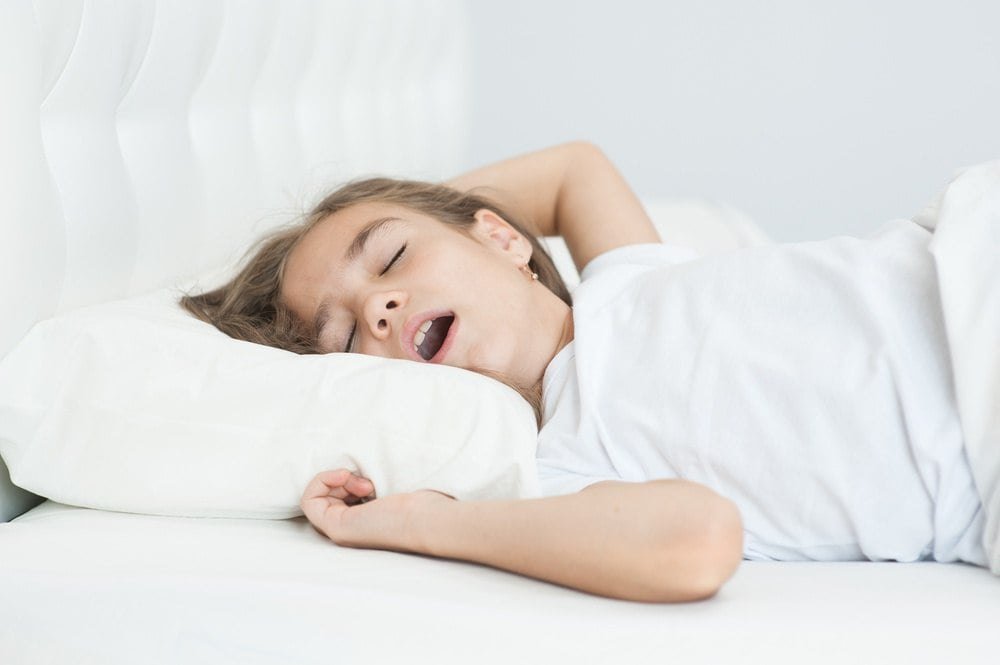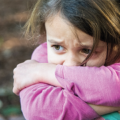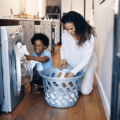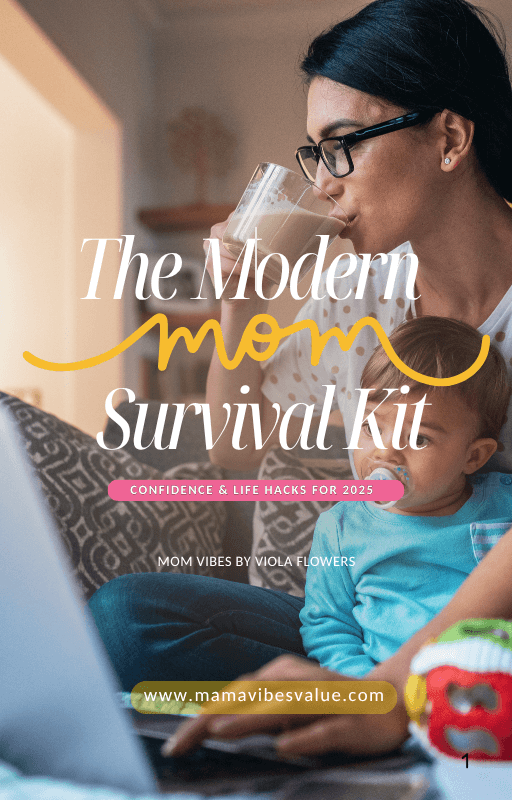Picture this: it’s 2 AM, and you’re tiptoeing past your little one’s bedroom when you hear it—a symphony of snores that would make a grown-up jealous, followed by an eerie silence that makes your heart skip a beat. Then, just as you’re about to panic, they gasp and resume breathing. If this scene feels familiar, you’re not alone in wondering whether your child might have sleep apnea.
As parents, we instinctively know when something’s not quite right with our children’s sleep. Maybe it’s the restless tossing and turning, the morning grumpiness that rivals a teenage mood swing, or that nagging feeling that your vibrant child seems perpetually exhausted. These aren’t just “phases” that kids grow out of—they could be red flags pointing to a condition that affects up to 4% of children worldwide.
Sleep apnea in children isn’t just about loud snoring or disrupted sleep. It’s a complex condition that can ripple through every aspect of your child’s life, from their ability to focus in school to their emotional well-being. But here’s the encouraging news: with the right knowledge and approach, it’s entirely manageable.
What Exactly Is Sleep Apnea in Children?
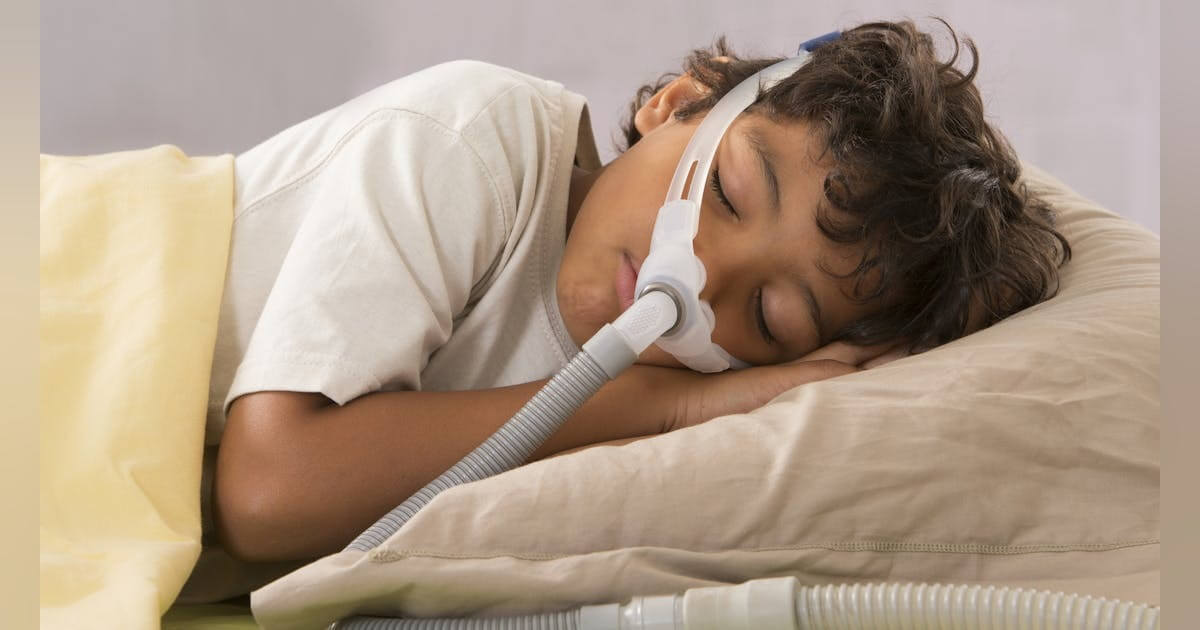
Think of your child’s airway like a garden hose. When everything’s working perfectly, air flows smoothly through this “hose” while they sleep. But sometimes, the walls of this airway collapse or become blocked, creating pauses in breathing that can last anywhere from a few seconds to over a minute. These pauses in breathing affect sleep quality and can lead to daytime sleepiness and behavior issues in children.
The most common type in children is obstructive sleep apnea (OSA), where the airway becomes physically blocked. Unlike adults, where obesity is often the culprit, in children, however, the most common cause of the problem is enlarged tonsils and adenoids. It’s like having oversized pillows stuffed into a narrow hallway—there’s simply not enough room for air to pass through comfortably.
During these breathing interruptions, your child’s brain acts like a vigilant security guard, constantly waking them up just enough to restart breathing. This creates a vicious cycle: poor sleep leads to daytime exhaustion, which affects everything from school performance to emotional regulation.
The Hidden Signs Your Child Might Be Struggling
Children are masters at adapting, often making it challenging to spot the subtle signs of sleep apnea. Unlike adults who typically complain of fatigue, kids might become hyperactive or irritable instead. Here’s what to watch for:
Nighttime Red Flags:
- Loud, persistent snoring with pauses or gasps
- Restless sleep with frequent position changes
- Mouth breathing during sleep
- Night sweats or bedwetting after being dry
Daytime Warning Signs:
- Difficulty waking up in the morning
- Excessive daytime sleepiness or paradoxical hyperactivity
- Problems with attention and concentration
- Mood swings or behavioral issues
- Poor academic performance despite adequate intelligence
The tricky part? Many of these symptoms overlap with other childhood conditions like ADHD, making diagnosis more complex. It’s like trying to solve a puzzle where several pieces could fit multiple spots.
The Surprising Connection: Sleep Apnea and Bedwetting
Here’s something that might surprise you: there’s a fascinating connection between sleep apnea bed wetting child scenarios that many parents never consider. If your potty-trained child suddenly starts having nighttime accidents again, sleep breathing issues might be the hidden culprit.
Surgical removal of the tonsils and adenoids has been shown to cure bed wetting in more than 60% of children. This remarkable statistic reveals just how intertwined sleep breathing and bladder control really are.
When children struggle with disrupted breathing during sleep, their bodies produce higher levels of certain hormones that affect kidney function and bladder control. Additionally, the frequent micro-awakenings that occur with sleep apnea can interfere with the brain’s normal signals that help maintain nighttime dryness.
Think of it like this: imagine trying to maintain perfect balance while someone keeps gently shaking the ground beneath your feet. Your child’s body is trying to maintain normal sleep functions while constantly being disrupted by breathing difficulties. Something’s got to give, and unfortunately, it’s often nighttime bladder control.
If your child is experiencing both sleep issues and bedwetting, especially if they were previously dry at night, it’s worth discussing with your pediatrician. Addressing the underlying sleep apnea often resolves the bedwetting naturally, creating a win-win situation for everyone’s peace of mind.
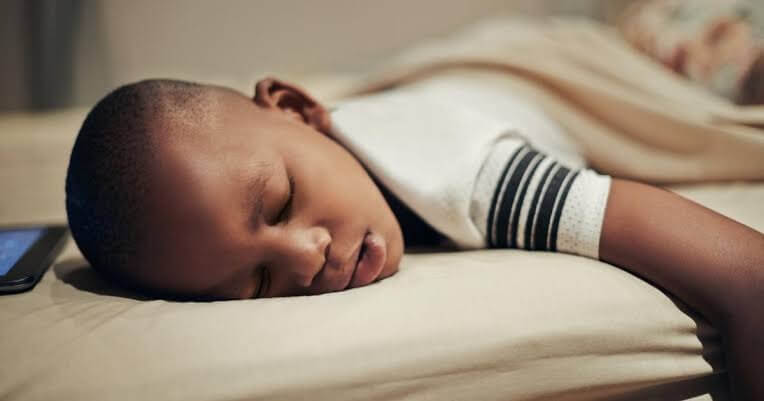
Finding the Right Sleep Position: A Simple Yet Powerful Tool
One of the most practical questions parents ask is about the best sleeping position for child with sleep apnea. While position alone won’t cure the condition, it can significantly improve breathing and sleep quality—think of it as choosing the right angle for a slide to ensure the smoothest ride down.
Side Sleeping: The Gold Standard Side sleeping is typically the most beneficial position for children with sleep apnea. When your child sleeps on their side, gravity helps keep the airway open, reducing the likelihood of tissue collapse. It’s like tilting a funnel to ensure better flow—the same principle applies to their breathing passages.
Back Sleeping: Proceed with Caution While back sleeping is recommended for infants to prevent SIDS, it can be problematic for older children with sleep apnea. In this position, the tongue and soft tissues are more likely to fall backward and obstruct the airway. However, some children naturally find positions that work for them, so don’t panic if your child prefers sleeping on their back.
Stomach Sleeping: A Mixed Bag Stomach sleeping can sometimes help with airway positioning, but it’s not ideal for spinal alignment and can be uncomfortable. Most sleep experts don’t recommend this as the primary sleeping position.
Making Position Changes Stick:
- Use a body pillow to help maintain side sleeping
- Consider a small pillow or rolled towel behind the back to prevent rolling
- Be patient—it takes time for children to adjust to new sleep positions
- Make it fun by letting them choose a special “sleep buddy” pillow
Remember, the best sleeping position for child with sleep apnea is ultimately the one where they can breathe most easily and sleep most comfortably. Every child is unique, and what works for one might not work for another.
Understanding Treatment Options: From Simple to Comprehensive
When it comes to child sleep apnea treatment, the good news is that we have more options than ever before. The approach depends on the severity of the condition, the underlying cause, and your child’s individual needs.
The Surgical Route: Addressing the Root Cause
For many children, particularly those with enlarged tonsils and adenoids, surgery remains the gold standard treatment. Tonsillectomy and adenoidectomy (T&A) surgery is like clearing a traffic jam—once the obstruction is removed, everything flows more smoothly.
This often resolves breathing issues and improves sleep quality. The procedure has evolved significantly over the years, with improved techniques that reduce recovery time and discomfort. Most children bounce back remarkably quickly, often showing improvement in sleep quality within days of surgery.
Non-Surgical Approaches: Building Better Habits
Not every child needs surgery. Sometimes, lifestyle modifications and supportive treatments can make a significant difference:
Weight Management: While less common in children than adults, maintaining a healthy weight can reduce sleep apnea severity. Think of it as reducing the pressure on an already narrow pathway.
Allergy Management: Treating underlying allergies can reduce nasal congestion and improve airway flow. It’s like cleaning the filters in your home’s air system—everything works better when the passages are clear.
CPAP Therapy: In severe cases or when surgery isn’t appropriate, continuous positive airway pressure (CPAP) machines can be life-changing. Modern pediatric CPAP masks are much more comfortable and child-friendly than older versions.
Oral Appliances: For certain children, specially designed oral appliances can help keep the airway open during sleep. These work by gently repositioning the jaw or tongue to maintain better airflow.
The Recovery Journey: What to Expect
Recovery from child sleep apnea treatment varies depending on the approach taken. Post-surgical recovery typically involves:
- 1-2 weeks of throat discomfort managed with appropriate pain medication
- Gradual return to normal activities
- Soft foods during the initial healing period
- Follow-up appointments to monitor progress
The transformation can be remarkable. Parents often report that their child’s personality seems to “come back” as they start getting quality sleep again. It’s like watching a wilted flower bloom after getting proper water and sunlight.
The Ripple Effects: How Sleep Apnea Impacts Your Child’s World
Sleep apnea doesn’t exist in isolation—it creates ripples that touch every aspect of your child’s development and daily life. Understanding these connections helps paint a complete picture of why treatment is so important.
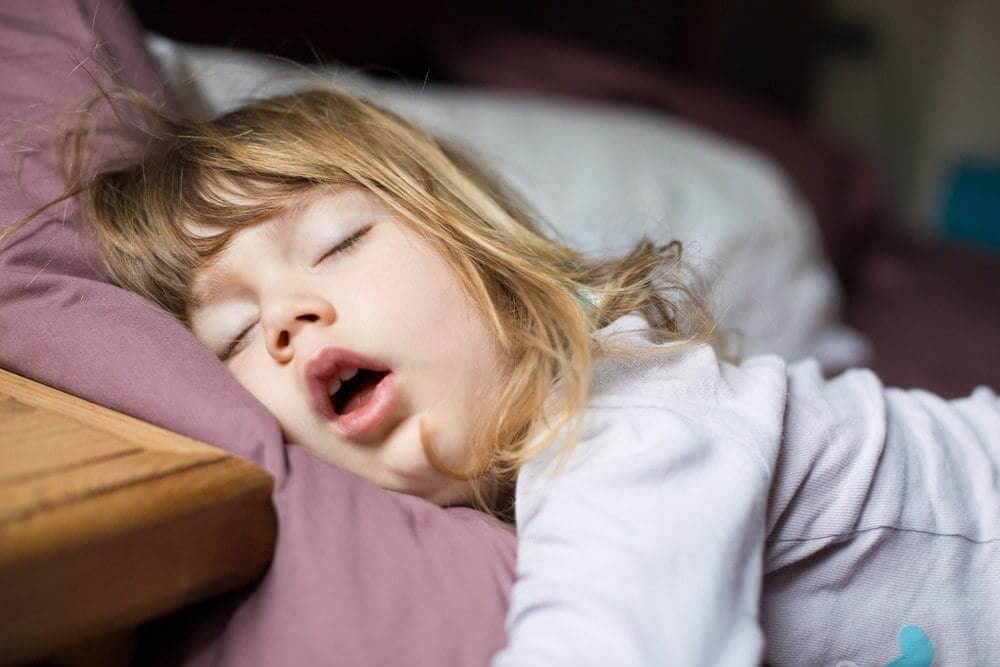
Academic Performance and Cognitive Function
When children don’t get restorative sleep, their brains can’t perform the essential maintenance tasks that happen during deep sleep phases. It’s like trying to run a computer that never gets to install important updates—everything starts running slower and less efficiently.
Research shows that children with untreated sleep apnea often struggle with:
- Memory consolidation and retention
- Executive function skills like planning and organization
- Processing speed and reaction time
- Creative thinking and problem-solving abilities
Teachers might notice these children have difficulty staying focused during lessons, completing assignments, or remembering instructions. The frustrating part? These kids often have normal or above-average intelligence—their brains just aren’t getting the sleep support they need to function optimally.
Emotional and Behavioral Impact
Sleep deprivation in children doesn’t always look like adult tiredness. Instead of appearing sleepy, children with sleep apnea might become hyperactive, irritable, or emotionally volatile. It’s their body’s way of fighting against the exhaustion—like drinking too much coffee to stay awake.
Common behavioral changes include:
- Increased aggression or defiance
- Difficulty regulating emotions
- Social withdrawal or isolation
- Anxiety or mood swings
- Hyperactivity that resembles ADHD
Physical Health Consequences
The body’s response to chronic sleep disruption extends far beyond just feeling tired. Children with untreated sleep apnea may experience:
- Slower growth rates due to disrupted growth hormone production
- Weakened immune system leading to frequent illnesses
- Cardiovascular stress from repeated oxygen desaturation
- Metabolic changes that can affect appetite and weight regulation
Navigating the Healthcare System: Your Action Plan
Getting help for your child’s potential sleep apnea can feel overwhelming, but having a clear roadmap makes the journey much smoother. Here’s your step-by-step guide to getting the support your child needs.
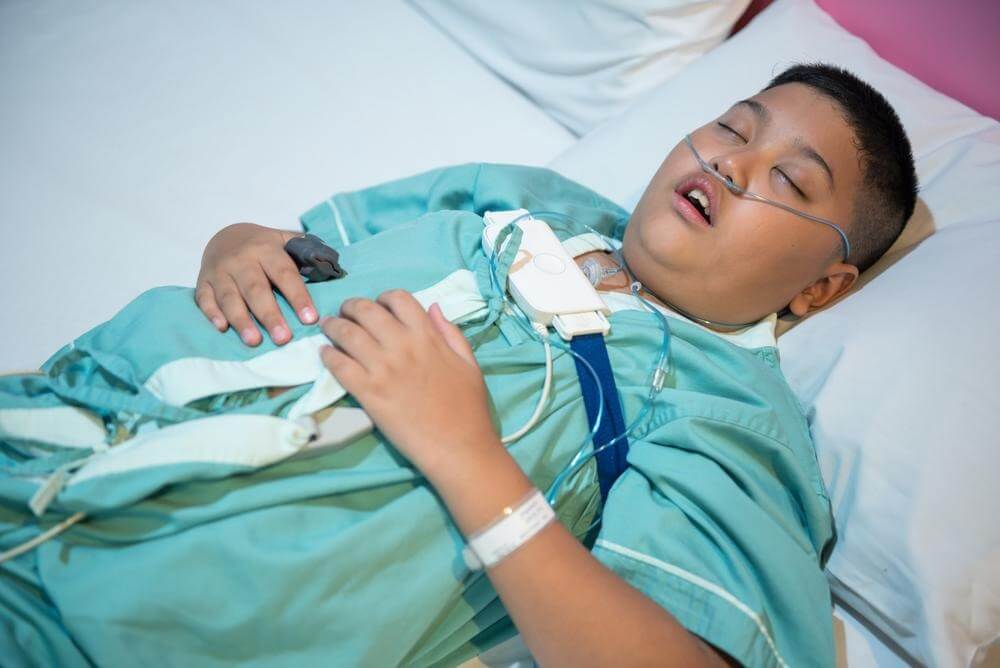
Starting with Your Pediatrician
Your child’s pediatrician is your first and most important ally. Come prepared with:
- A detailed sleep diary documenting symptoms and patterns
- Video recordings of your child’s sleep (if possible)
- Information about daytime behaviors and academic performance
- Questions about next steps and referral options
Don’t be afraid to advocate for your child. If your concerns are dismissed or minimized, seek a second opinion. Trust your parental instincts—you know your child better than anyone.
The Sleep Study Experience
If a sleep study is recommended, help prepare your child by explaining it as a “sleep adventure” where they’ll have special stickers (electrodes) that help doctors understand their sleep. Most pediatric sleep centers are designed to be child-friendly, with comfortable beds and accommodating staff.
An AHI of 1 or greater is abnormal in children up to 13 years old, which is much lower than adult thresholds. This means that even mild breathing disruptions are considered significant in children.
Building Your Support Team
Depending on your child’s needs, your healthcare team might include:
- Pediatric sleep specialists
- ENT (ear, nose, and throat) surgeons
- Orthodontists or dentists specializing in sleep disorders
- Respiratory therapists
- Nutritionists or dietitians
Creating a Sleep-Friendly Environment
While addressing the medical aspects of sleep apnea is crucial, optimizing your child’s sleep environment can provide additional benefits. Think of it as creating the perfect stage for restorative sleep to happen.
The Ideal Sleep Sanctuary
- Temperature Control: Keep the room cool (around 65-68°F) to promote deeper sleep
- Humidity Management: Use a humidifier if the air is dry, as this can help reduce nasal congestion
- Air Quality: Consider an air purifier to remove allergens that might contribute to breathing difficulties
- Comfortable Bedding: Invest in a supportive mattress and pillows that promote proper spinal alignment
Establishing Healthy Sleep Routines
Consistency is key when it comes to sleep. Develop a calming bedtime routine that signals to your child’s body that it’s time to wind down:
- Set a consistent bedtime and wake time, even on weekends
- Create a relaxing pre-sleep routine (bath, stories, quiet music)
- Limit screen time at least an hour before bed
- Ensure the bedroom is dark and quiet
The Emotional Journey: Supporting Your Child and Yourself
Dealing with a child’s sleep apnea isn’t just about medical treatment—it’s an emotional journey for the entire family. It’s normal to feel worried, guilty, or overwhelmed. Remember that seeking help shows strength, not weakness.
Helping Your Child Cope
Children often pick up on their parents’ anxiety, so managing your own emotions is crucial. Here’s how to support your child:
- Use age-appropriate language to explain what’s happening
- Emphasize that this isn’t their fault and that help is available
- Celebrate small improvements and progress
- Maintain normal routines as much as possible
Taking Care of Yourself
Caring for a child with sleep issues can be exhausting for parents too. Make sure you’re:
- Getting adequate sleep yourself (easier said than done, but important)
- Seeking support from family, friends, or support groups
- Taking breaks when possible
- Practicing stress-reduction techniques
Looking Forward: Life After Treatment
The journey doesn’t end with treatment—it’s the beginning of a new chapter. Most children who receive appropriate treatment for sleep apnea experience significant improvements in their quality of life. It’s like watching a dimmer switch slowly brighten a room—the changes might be gradual, but the end result is transformative.
Monitoring Progress
Keep track of improvements in:
- Sleep quality and duration
- Daytime energy levels and mood
- Academic performance and concentration
- Social interactions and relationships
- Overall health and well-being
Long-term Considerations
Some children may need ongoing monitoring or periodic reassessment, especially as they grow and their anatomy changes. Think of it as routine maintenance rather than a sign of treatment failure.
Embracing Hope and Taking Action
As we wrap up this comprehensive journey through understanding sleep apnea in children, remember that knowledge is power. Every parent who takes the time to learn about this condition is already taking a crucial step toward better health for their child.
The path from restless nights to peaceful sleep might not always be straight or easy, but it’s absolutely worth traveling. Your child deserves the gift of restorative sleep—and so do you. Whether it’s adjusting the best sleeping position for child with sleep apnea, addressing sleep apnea bed wetting child concerns, or exploring comprehensive child sleep apnea treatment options, you now have the tools to advocate effectively for your family’s needs.
Take that first step today. Trust your instincts, seek professional guidance, and remember that thousands of families have successfully navigated this journey before you. Your child’s bright, well-rested future is waiting just on the other side of a good night’s sleep.
The symphony of peaceful breathing, the joy of dry nights, and the wonder of watching your child thrive with proper rest—these aren’t just dreams. They’re achievable goals that begin with the knowledge you’ve gained today and the action you’ll take tomorrow.
